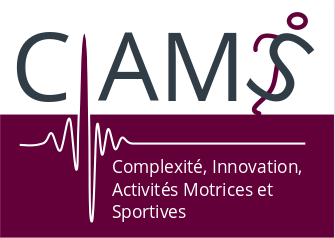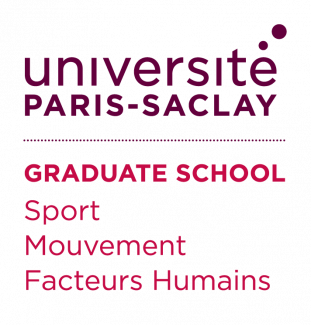Effect of botulinum toxin injection on length and force of the rectus femoris and triceps surae muscles during locomotion in patients with chronic hemiparesis (FOLOTOX)
Résumé
BACKGROUND: After stroke, spasticity of the rectus femoris (RF) and triceps surae (TS) muscles frequently alters the gait pattern. Knee flexion and ankle dorsiflexion in swing are often reduced, respectively called Stiff Knee Gait (SKG) and equinus. A preliminary uncontrolled study suggested that botulinum toxin type A (BTX-A) injections could improve muscle length and force generated during gait, improving inter-segmental coordination. The aim of this randomised controlled study is thus to evaluate changes in the length of the RF and TS muscles during gait 1 month after either BTX-A or placebo injection in patients with chronic stroke, SKG and spastic equinus. The secondary aims are to evaluate peak length and peak force generated during gait, as well inter-segmental coordination assessed using the continuous relative phase method initially described by Barela et al. in patients with stroke.
METHODS: This is a prospective, three-centre, randomised, placebo-controlled, triple blind study over 3 months with 4 visits. Forty patients will be included. During visits V1, V3 and V4, length and force generated by RF and TS during gait will be assessed using musculoskeletal models (MSM). Muscle force will also be assessed using an isokinetic dynamometer. Inter segmental coordination will be evaluated using 3D gait analysis and functional tests will be performed. During V2, patients will receive either an injection of BTX-A in the RF and TS muscles or a placebo injection of saline solution.
DISCUSSION: We expect an increase in peak length and a decrease in peak force generated by the RF and TS muscles in the BTX-A group 1 month post injection. Moreover, we expect these parameters to be more improved in the BTX-A than the Control group. This is the first study to assess these parameters in a randomised, controlled trial using instrumented methods (isokinetic evaluation and 3D gait analysis). The results should help to improve understanding of the mechanism(s) underlying improvements in inter-segmental coordination that have been found in many previous uncontrolled studies.
TRIAL REGISTRATION: ClinicalTrials.gov: NCT01821573 , First received: March 27, 2013 Last updated: September 14, 2016 Last verified: September 2016 Other Study ID Numbers: P110136 AOM11223.
Domaines
Neurosciences [q-bio.NC]
Origine : Fichiers éditeurs autorisés sur une archive ouverte
Loading...


